Our customers find we have the highest standards when it comes to quality, and delivery. Quail Electronics is a worldwide power cord supplier, offering power cords and various other products.
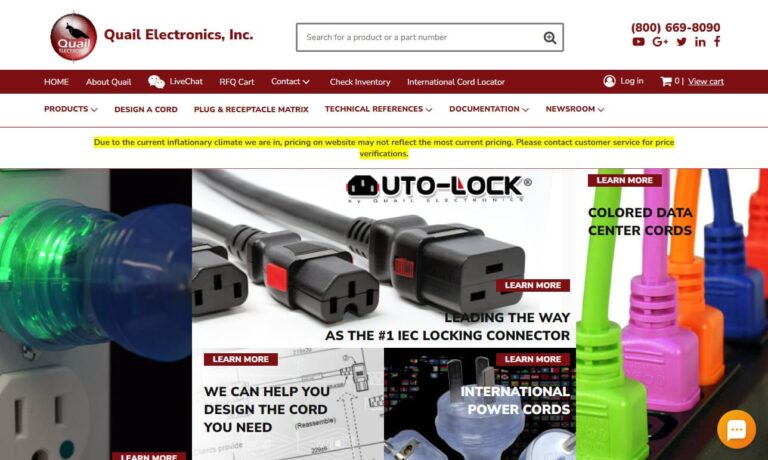
All of our power cords are tested and stand up to rigorous demands of everyday application. We serve a global market including the United Kingdom, Ireland, Germany, Switzerland, Austria and of course the United States.
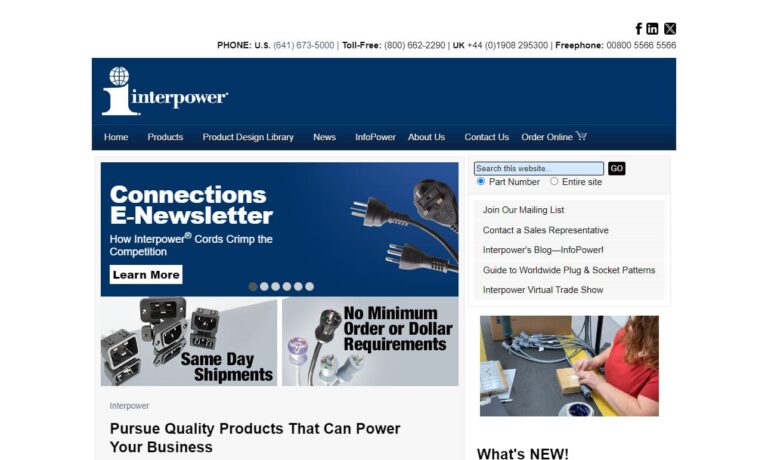
US Cordset Manufacturing provides power-supply products to various categories of customers from domestic to industrial. Our line of products include wiring harnesses, Coiled cords, extension cords, processed wires, high voltage twist lock cords, and more. Whether your requested electrical configuration is simple or intricate, our expert staff is ready to help.
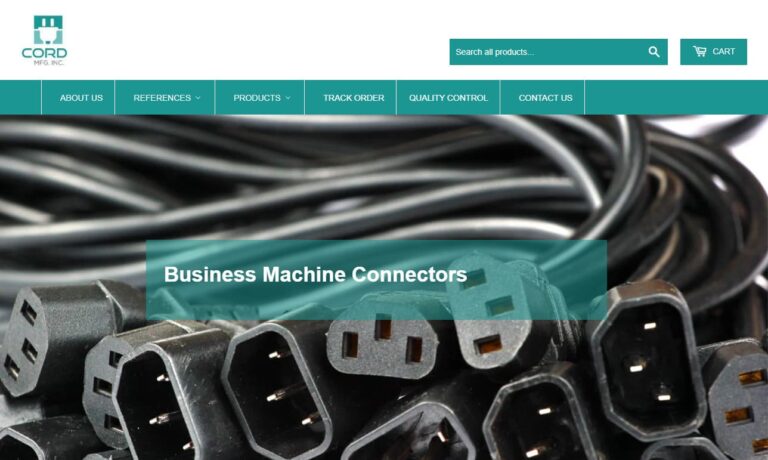
Our plug adapters are guaranteed to bring you a lifetime of value. Our staff is committed to bringing you only the most reliable products that are available. We will find solutions for your cord needs regardless of how difficult the job may be.
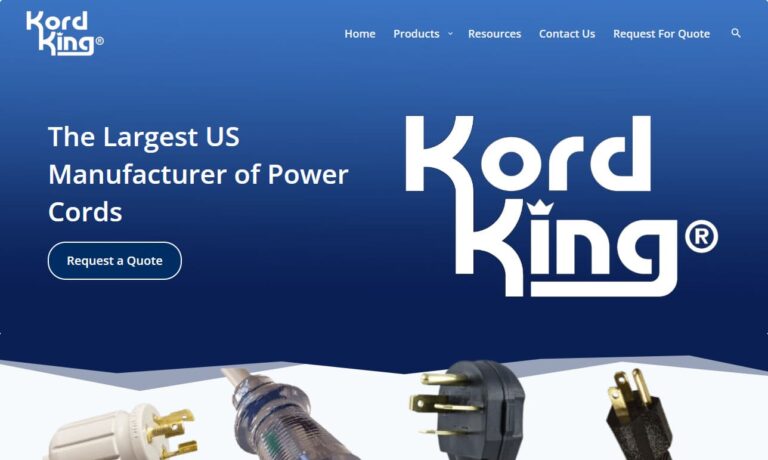
At Americord, we dedicate ourselves to delivering high-quality power cords and custom wiring solutions that meet the demands of diverse industries. We design and manufacture durable cords that are tailored for performance, safety, and reliability, serving applications ranging from consumer electronics and industrial machinery to specialized equipment requiring precise electrical connectivity.

At Cord-Sets, we dedicate ourselves to delivering high-quality power cord solutions that meet the needs of industries across the globe. We specialize in designing and manufacturing power cords, cord sets, and related components that are engineered for durability, safety, and reliable performance.
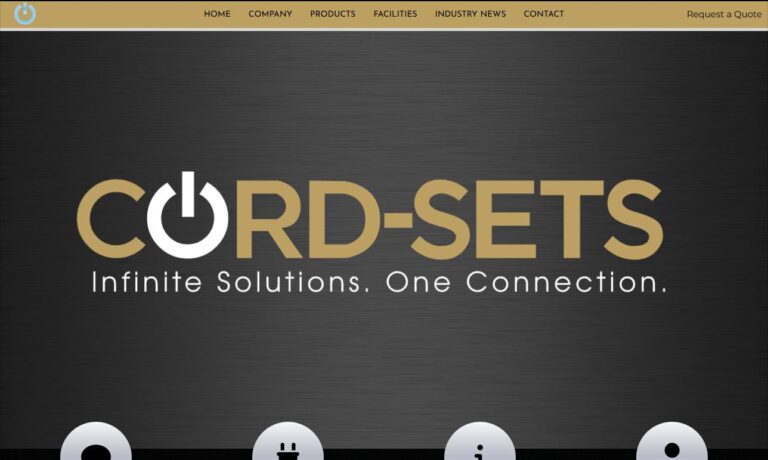
Cord Sets
Cord sets are electrical cables designed to link an appliance or device to a primary power source, supplying it with electrical energy. Often referred to as power cords, power supply cords, or electric cords, they are unique due to the molded connectors at each end. These connectors allow the cord sets to be detachable from both the power source and the device they power.
Applications
Cord sets are essential for powering various applications that require electrical energy. These applications span across industrial operations, commercial settings, office spaces, medical machinery, and more.
The History of Cord Sets
In 1882, Thomas Edison established the first power distribution system in the USA, a precursor to modern cord sets, in New York City. Earlier that same year, he built a similar system in London. This system transmitted DC power from Edison’s Pearl Street Station power plant to customers within a one-mile radius. It used copper rods wrapped in jute, a type of vegetable fiber, and encased in rigid pipes insulated with a material resembling asphalt.
In the late 1880s, vulcanized rubber, patented by Charles Goodyear in 1844, started to be used for cable insulation. Its popularity surged, and by 1897, rubber-insulated cables were used to house 11,000-volt circuits for the Niagara Falls power project. By the time World War II rolled around, cables used in the war effort were being made with polyethylene and synthetic rubber insulation.
Power cords and cord sets in American homes have evolved significantly over time. Initially, bare and cloth-covered wires were fastened with staples, but the dangers of these early designs quickly became apparent. By the 1930s, insulated cord sets emerged, featuring coverings made of asphalt-saturated cloth or rubber. In 1906, the introduction of armored cable, commonly known as “Bx,” brought a new level of safety with its flexible steel sheath and two cloth-covered, rubber-insulated conductors. Another notable advancement came in 1922, with cord sets that included rubber-insulated wires, jackets made of tar-impregnated woven cotton cloth, and waxed paper filler.
In the 1950s, manufacturers began producing early versions of two-wire PVC-insulated cables, commonly referred to as “Romex” cables. During the 1960s and 1970s, aluminum wire was promoted as a cheaper alternative to copper for American homes. However, this switch proved to be a poor choice due to safety concerns related to corrosion. A more beneficial change in the 1970s was the elimination of asbestos as an insulator in cloth wire, following scientific consensus on its severe health risks. Nowadays, many American homes utilize three-wire PVC-insulated cables, also known as Romex, along with power adapters, including the increasingly popular USB adapters.
Design
Construction
The standard power cord set is straightforward in design. It features a flexible cord with electrical connectors at each end—one female and one male—a plug, and a plug cover. The cord itself contains highly conductive wire encased in an insulating material and protected by an outer jacket. One end of the cord has a molded electrical plug, while the other typically has a molded electrical receptacle.
Materials
Copper is the standard choice for conductive wire in cord sets, a practice that has remained unchanged for nearly the entire history of cord sets. Insulative materials are selected for their ability to withstand specific temperatures and their non-conductive properties. Common insulative materials include PVC, semi-rigid PVC, plenum PVC, polyethylene, polypropylene, polyurethane, chlorinated polyethylene, nylon, thermoplastic rubber, styrene butadiene rubber (SBR), silicone, fiberglass, ethylene propylene rubber (EPR), plain rubber, chlorosulfonated polyethylene (CSPE), ethylene propylene diene monomer (EPDM), and thermoplastic elastomers (TPE), among others. The jacketing materials, typically thermoplastic or rubber such as TPE, PVC, or neoprene, are chosen based on desired characteristics like oil resistance, heat resistance, and moisture resistance.
Design and Customization Considerations
Cord construction must adhere to several standard regulations, which cover aspects such as voltage ratings, current capacity, wire length and diameter, maximum cable temperature, jacket material, and the type of molded plug and female receptacle. While manufacturers are guided by these standards, they can tailor cord designs to meet specific application needs. For example, the wire shape (flat or round) and gauge depend on the intended use of the power cable. Similarly, the jacket material is chosen based on application demands; a waterproof jacket is used for rugged outdoor conditions, while areas with high electromagnetic interference may require extra protective jackets. Additionally, manufacturers can customize the plug type (rotating, snap-on, screw-on, locking), cord color, and cord length to suit particular requirements.
Features
Cord sets can transfer electrical power using either direct current (DC) or alternating current (AC). However, most modern cords utilize AC, which is more efficient and better suited for transmitting power over long distances compared to DC. The power in these cords is measured in volts or volt-amps.
For cord sets to function, they need to be plugged into an outlet or electrical receptacle. These sets can be detached from both the electrical equipment and the power supply. The female connector attaches to the equipment or appliance, while the male plug connects to the outlet or electrical receptacle.
The cords can either be permanently attached to a plug or require a separate power adapter, known as an AC adapter or outlet adapter. In North America, the two most common plug types are Type A and Type B. Type A plugs have two prongs, while Type B plugs have three, with the third prong providing additional electrical flow and grounding. A snug fit between the plug and the wall socket ensures the best connection.
Power adapters, which convert AC to DC voltage, come in various styles, including North American, International, Universal, IEC, double, single, and USB. Additional cord set components might include a leak detection system, electrical fuses for voltage surge protection, materials to reduce electromagnetic interference, and a voltage-checking system.
Types
Some specialized cord sets include business machine cords, heavy duty cords, hospital plugs, NEMA power cords, right angle power cord sets, power strips and extension cords.
Business Machine Cord
Cords for business machines are designed specifically for use with computers and related equipment.
Heavy Duty Cord
Heavy-duty cords are built to endure the demanding conditions of intense industrial and commercial use. Their heads are large and flat with deep ridges to ensure a non-slip grip, while a robust, molded strain relief shroud protects the connection between the cord and plug.
Hospital Plug
To ensure the reliability required for high-stakes medical equipment, hospital plugs feature conductors that are securely welded or soldered to solid brass pins and blades.
NEMA Power Cord
NEMA power cords are designed to meet specific voltage capacities and electrical receptacle configurations as outlined by NEMA standards.
Right Angle Power Cord
Right angle power set cords, available with either two-conductor or three-conductor plugs, are designed to connect electrical equipment in tight spaces without bending or damaging the cord.
Power Strip
Power strips are devices with multiple electrical outlets connected to a flexible cable that plugs into a wall socket. They enable several electrical devices to be powered simultaneously from a single outlet. Commonly found near setups like computer systems, power tools, lighting systems, and audio or video equipment, power strips are suitable for both home and workplace environments. To prevent overloading or short circuits, some power strips include a built-in circuit breaker. They are also known by various names, including polysocket, multiple socket, multi socket, multi box, power board, power bar, plug board, extension block, trailing socket, trailing gang, and plug bar.
Extension Cord
Extension cords are designed to extend electrical power over long distances, allowing you to use equipment like stage lighting, power tools, and emergency medical defibrillators far from any outlet.
Advantages of Cord Sets
Cordsets bring numerous benefits to the table. Their foremost advantage is versatility; they can be used across various applications since they aren’t tied to a specific appliance or machine, as long as compatibility is ensured. Moreover, manufacturers enjoy significant design flexibility within standard guidelines. Installation and removal are straightforward, needing only a simple plug-in. Cordsets are typically compact and portable, making them convenient to use. Additionally, they often offer EMI/RFI shielding.
Accessories
Cordsets come with a diverse range of accessories. These include adaptors, overcurrent protection fuses, insulating tape, high temperature silica tape, shrink tubing, grip seals, cable cutters, pilot lamps, leakage current detectors, wire strippers, and cable sleeving. To determine which accessories best meet your needs, consult your supplier.
Proper Care for Cord Sets
Cord sets are essential in our modern world, but their use requires careful attention to safety due to the electrical currents they carry. To prevent electric shock, it’s crucial to use grounded or polarized cord sets with sensitive electrical equipment. Polarized plugs ensure the cord connects to the neutral, grounded side of the circuit. Safety measures include using plug covers, waterproof materials, fuses, and circuit breakers. Additionally, to prevent injury, fatalities, and significant property damage, it’s important to monitor and mitigate the risks of equipment deterioration, malfunction, or misuse.
Standards
In the United States, the National Electrical Manufacturers Association (NEMA) establishes regulations for cord voltage capabilities, electrical plugs, and receptacle configurations. These standards ensure both operator safety and product quality. The American Wire Gauge (AWG) system specifies standards for cord wire sizes and voltage capacities, determining the appropriate wire size based on the required voltage flow. Different countries follow their own standards, resulting in varying voltages and plug configurations for electrical cord sets. This discrepancy necessitates the use of international power cords or plug adapters when traveling.
Moreover, UL is a prominent organization that collaborates with companies to test and certify adherence to standards. UL’s involvement helps ensure product quality and enhance sustainability for items used both in the USA and internationally. Partnering with UL is a significant advantage for manufacturers.
Things to Consider
When it comes to crucial industrial, commercial, or medical applications, having a high-quality cord set tailored to your specifications is essential. Using the wrong one can lead to system malfunctions, resulting in costly, time-consuming, or even hazardous interruptions. There’s also a risk of shortages that could potentially cause fires. To ensure you have the right cords with the best material composition, it’s important to consult with a cord set professional. Selecting one supplier from the myriad available can be overwhelming. That’s why we’ve done the legwork for you, identifying the top companies in the industry today. You can explore our recommendations by browsing this page, where we’ve highlighted their profiles. Take your time to review their profiles and websites, and reach out to the ones that interest you. Remember, the right manufacturer isn’t just the one with the best deals but the one dedicated to investing the necessary time and effort to produce products that meet your needs. Hold out for that manufacturer.
More Power Cord Manufacturers
Check out our Linear Actuators website
Check out our Electric Heaters website
What is a cord set and how does it function?
A cord set is an electrical cable with molded connectors at each end, designed to link an appliance or device to a primary power source. It functions by supplying electrical energy to devices and can be detached from both the power source and the device for convenience.
What materials are commonly used in the construction of cord sets?
Cord sets typically use copper for the conductive wire. Insulative materials include PVC, semi-rigid PVC, polyethylene, polypropylene, polyurethane, thermoplastic rubber, nylon, silicone, and several others. Jackets may be made of TPE, PVC, or neoprene, chosen for characteristics like oil, heat, or moisture resistance.
What are the main types of cord sets available?
Main types of cord sets include business machine cords, heavy duty cords, hospital plugs, NEMA power cords, right angle power cord sets, power strips, and extension cords. Each type is designed for specific applications or environments, such as computers, industrial use, medical equipment, or space-saving installation.
How have cord sets evolved over time?
Cord sets have evolved from bare and cloth-covered wires to insulated cables with safer coverings. Materials have progressed from jute and asphalt to rubber, polyethylene, and PVC. Advancements include armored cables, elimination of asbestos, and increased safety and efficiency for home and industrial use.
What standards and regulations apply to cord sets?
In the U.S., NEMA sets regulations for cord voltage, plugs, and receptacles. The American Wire Gauge (AWG) determines wire sizes and voltages. UL also tests and certifies cords for safety and quality. Internationally, voltage and plug standards vary, requiring power adapters for compatibility.
What safety precautions should be taken when using cord sets?
To ensure safety, use grounded or polarized cord sets, especially with sensitive equipment. Employ plug covers, waterproof materials, fuses, and circuit breakers. Regularly inspect cords for damage or deterioration, as misuse or faults can lead to shocks, fires, or equipment malfunction.
What are the advantages of using cord sets?
Cord sets offer versatility for varied applications, easy installation and removal, portability, and design flexibility. They can be tailored to specific requirements and often include EMI/RFI shielding to enhance performance and safety.
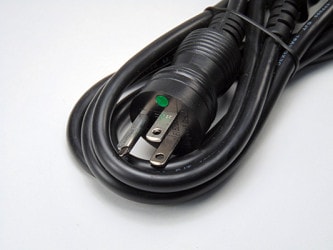
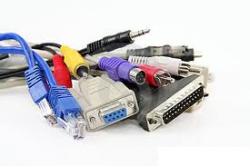




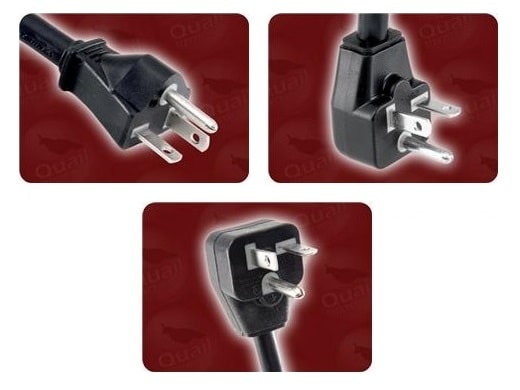


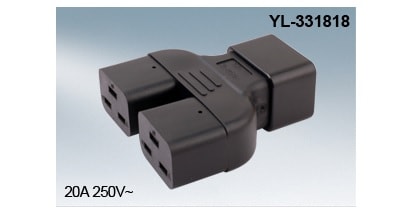

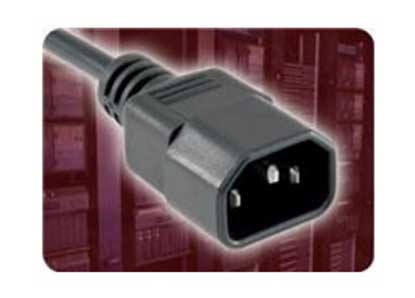
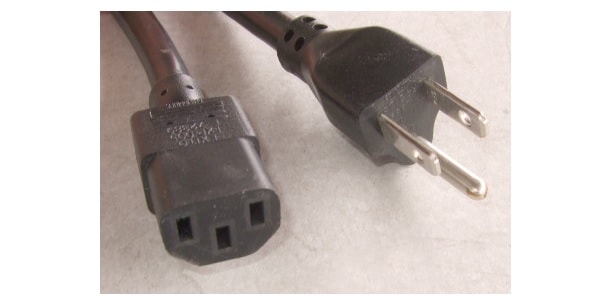


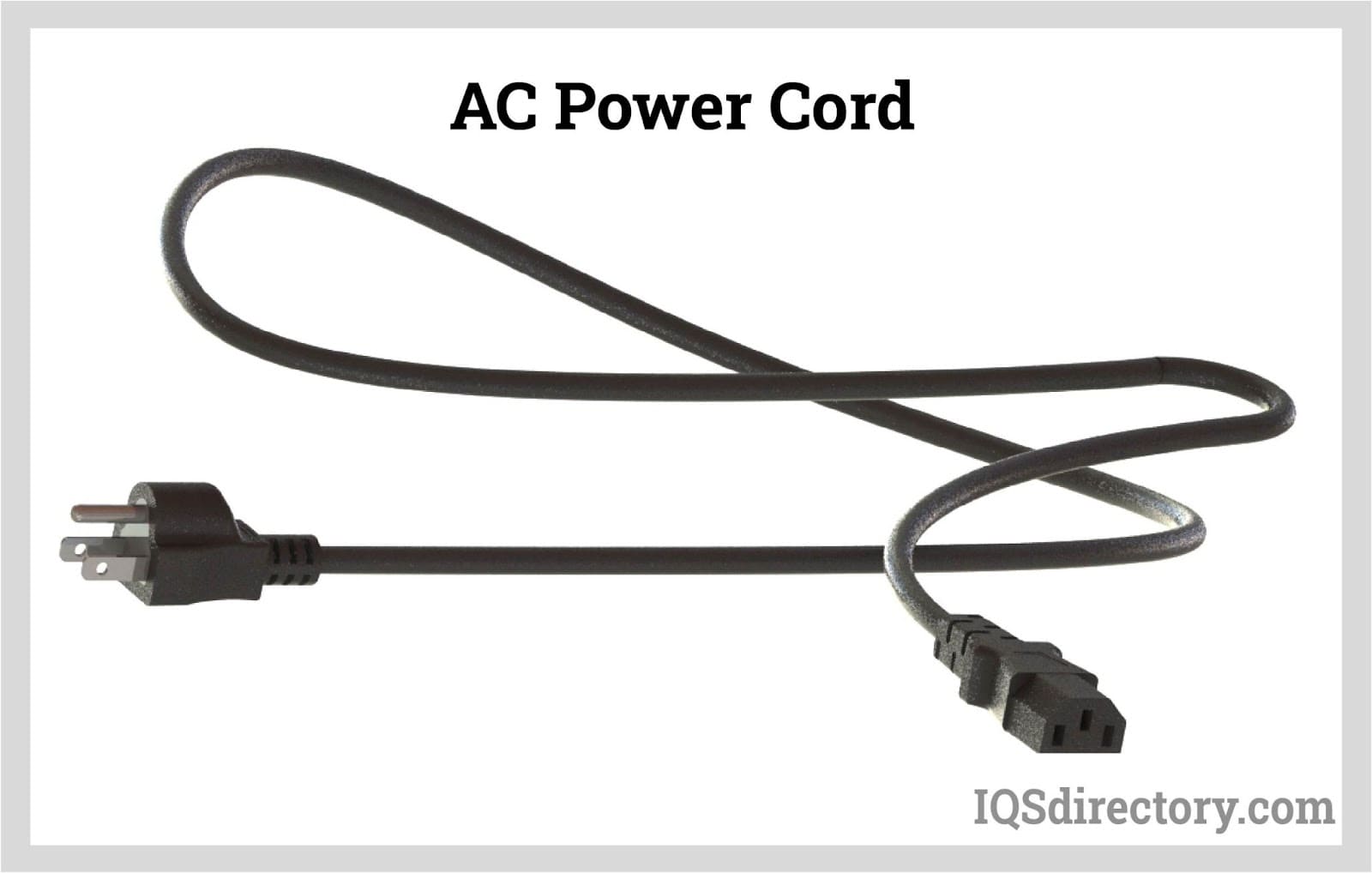
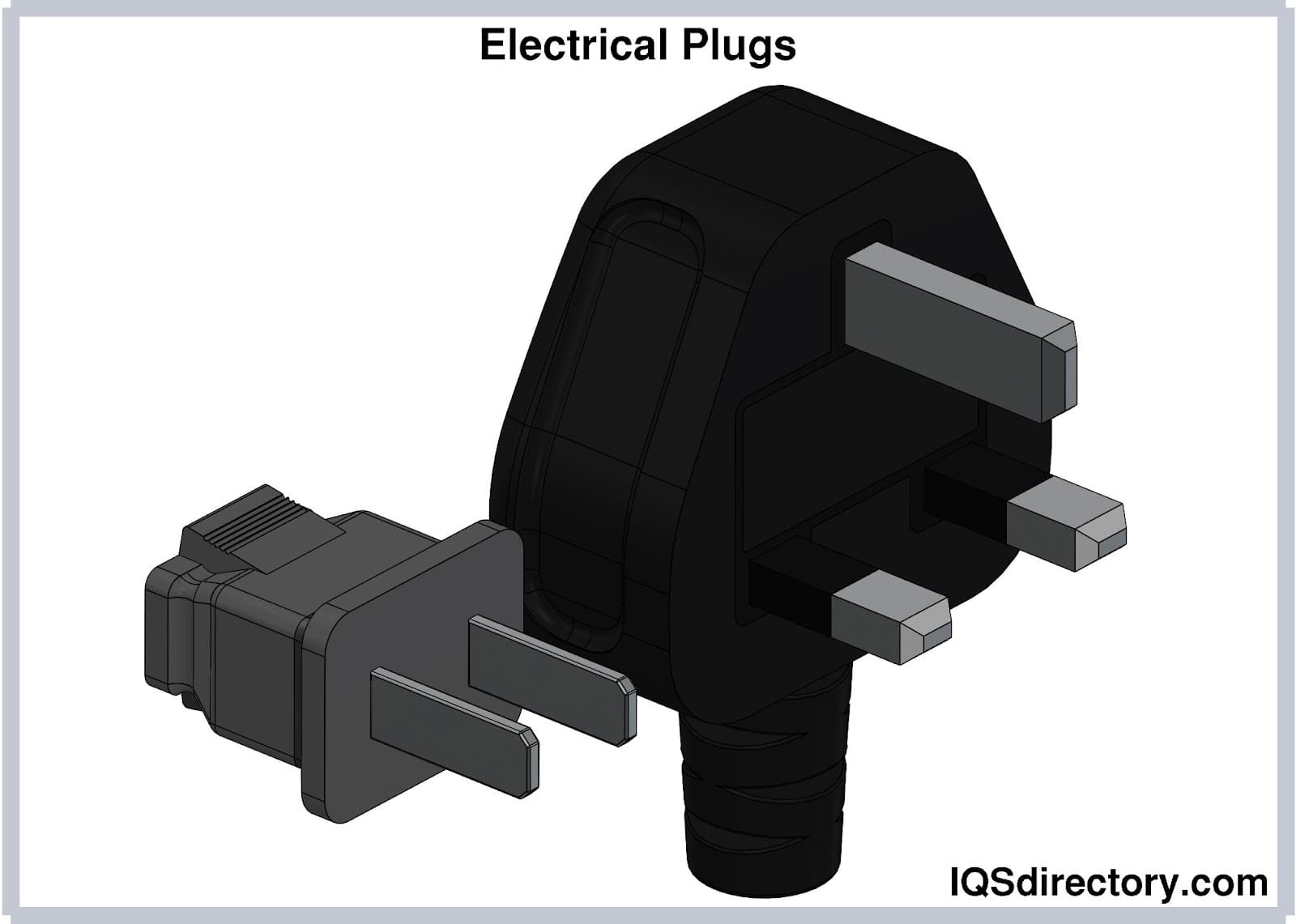

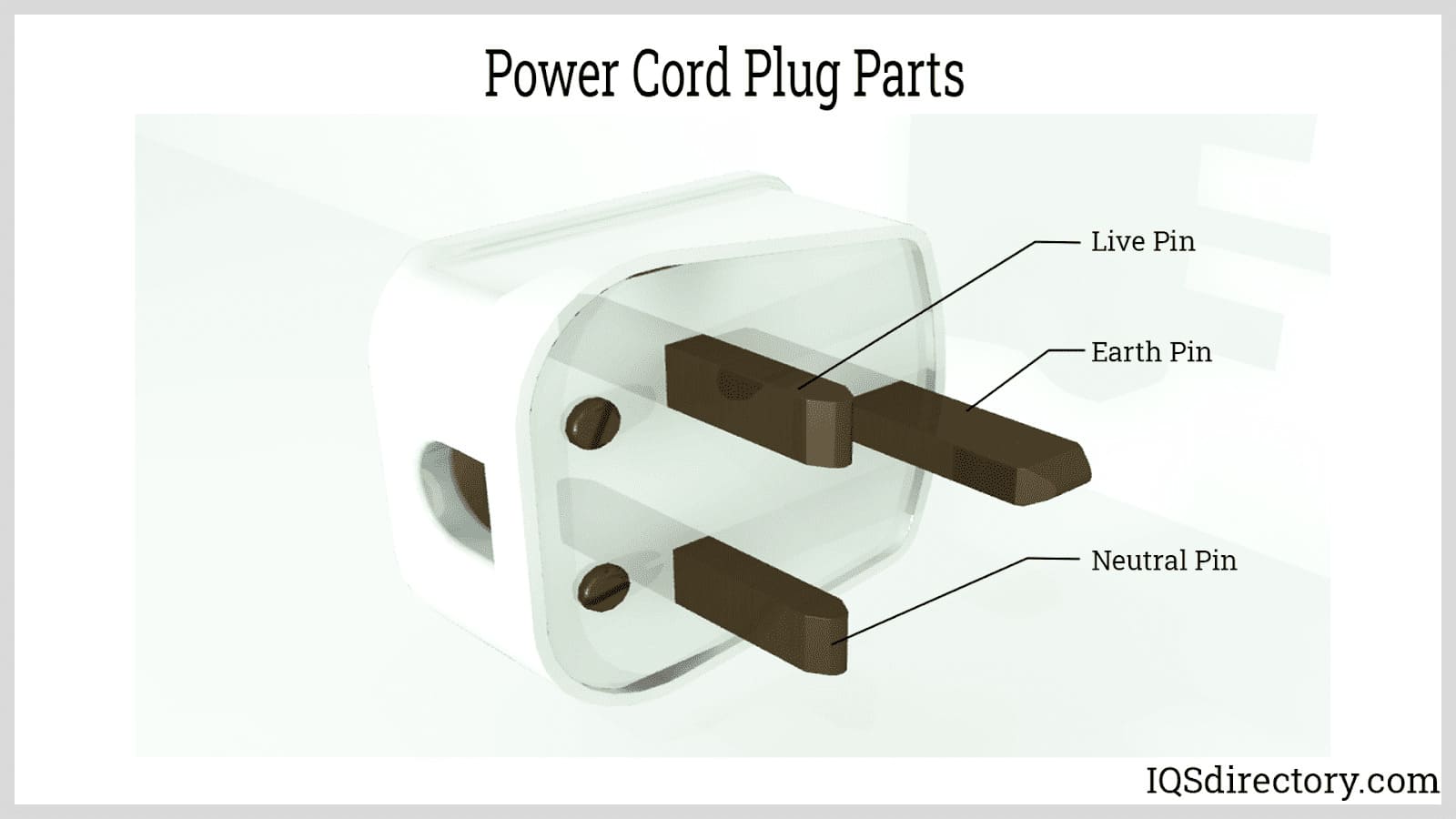
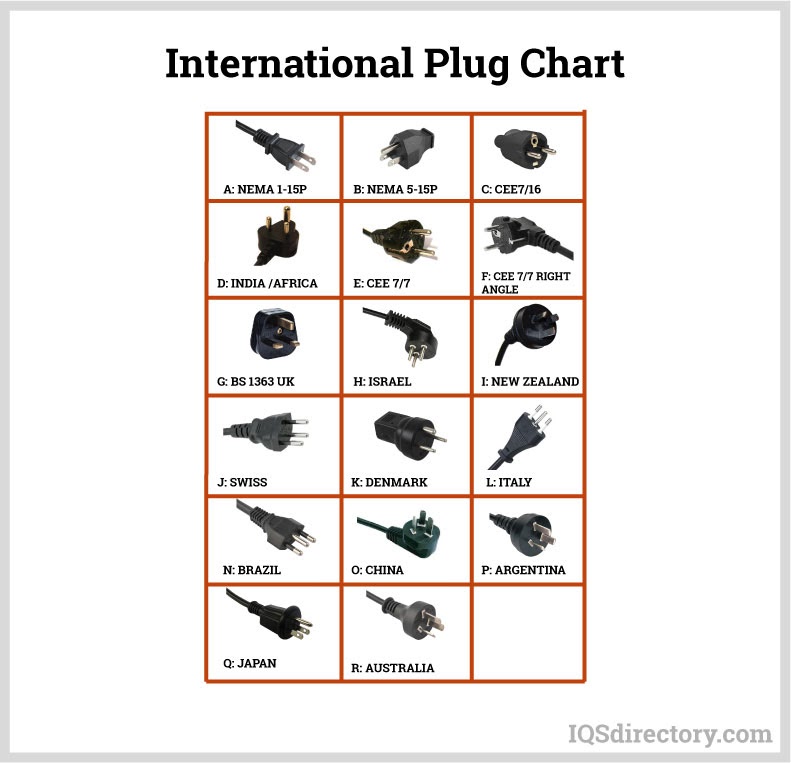
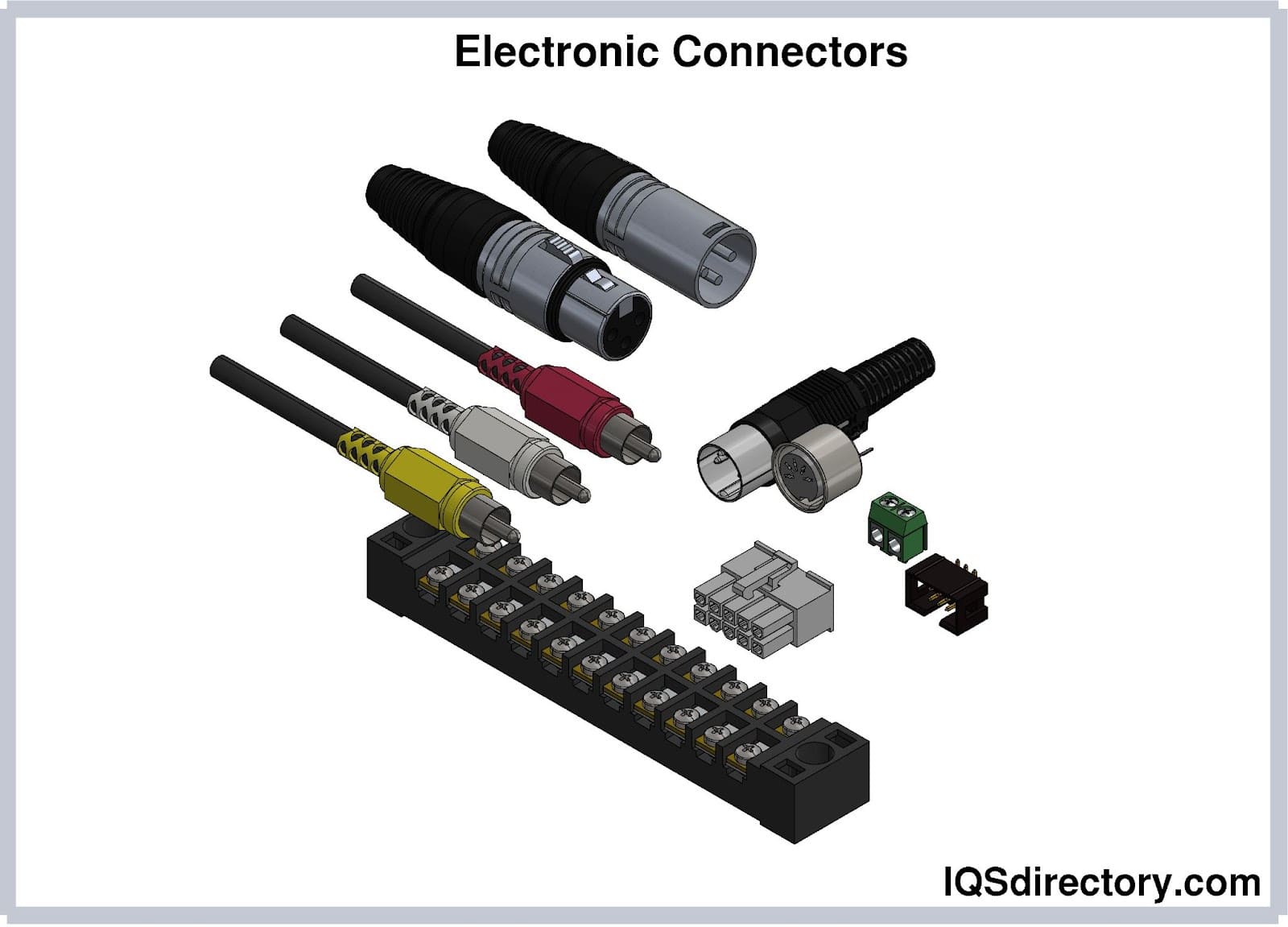
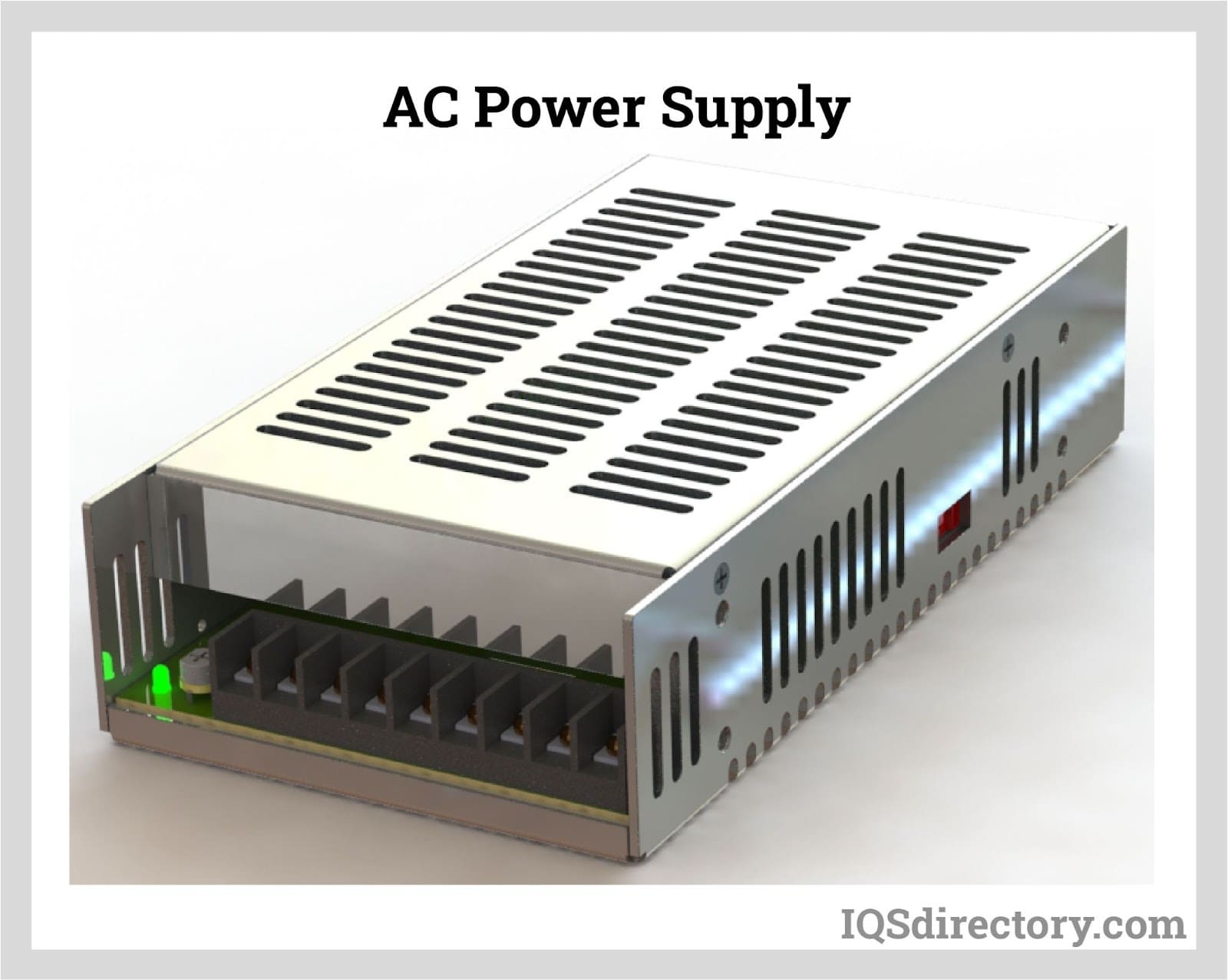
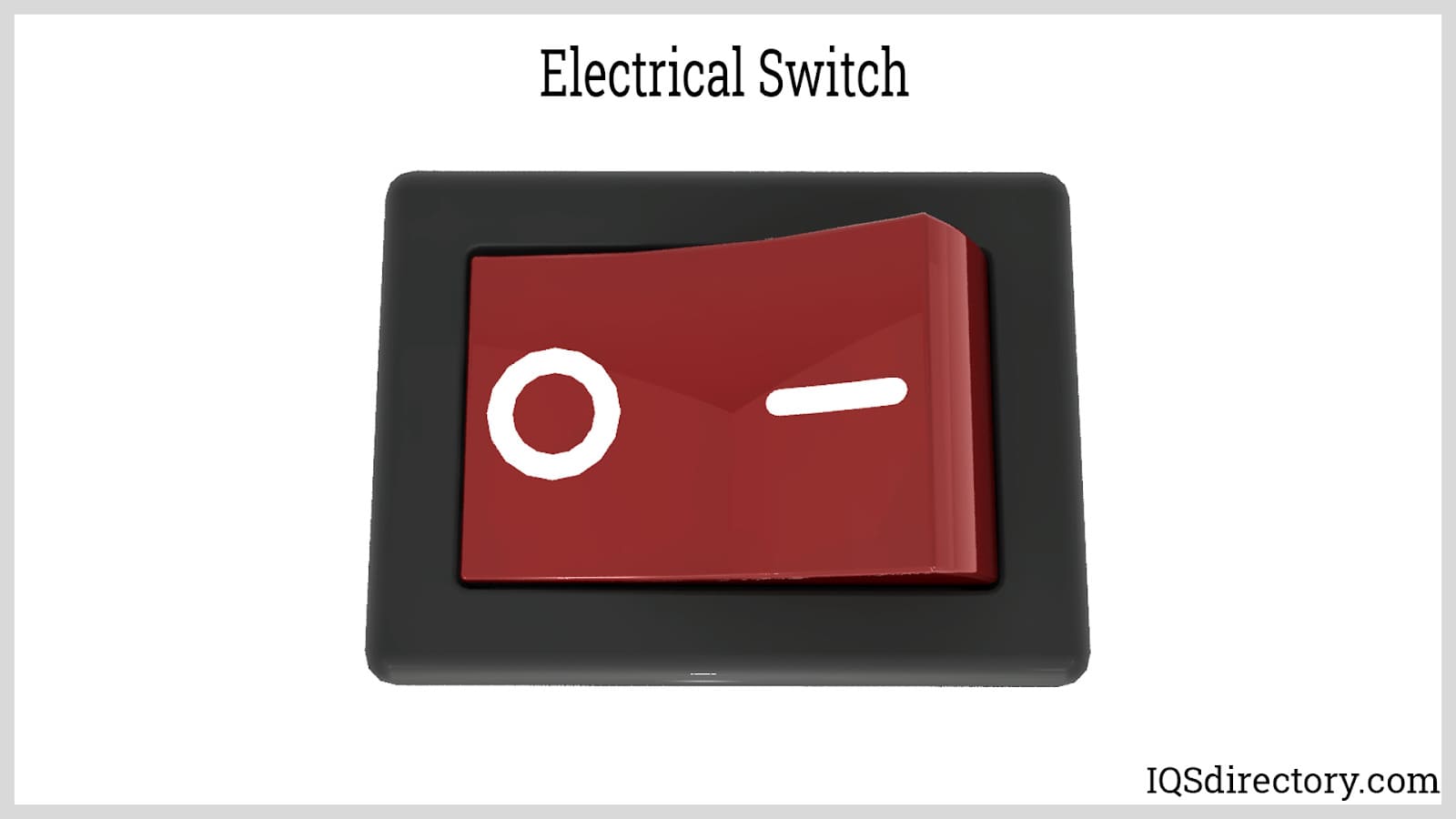
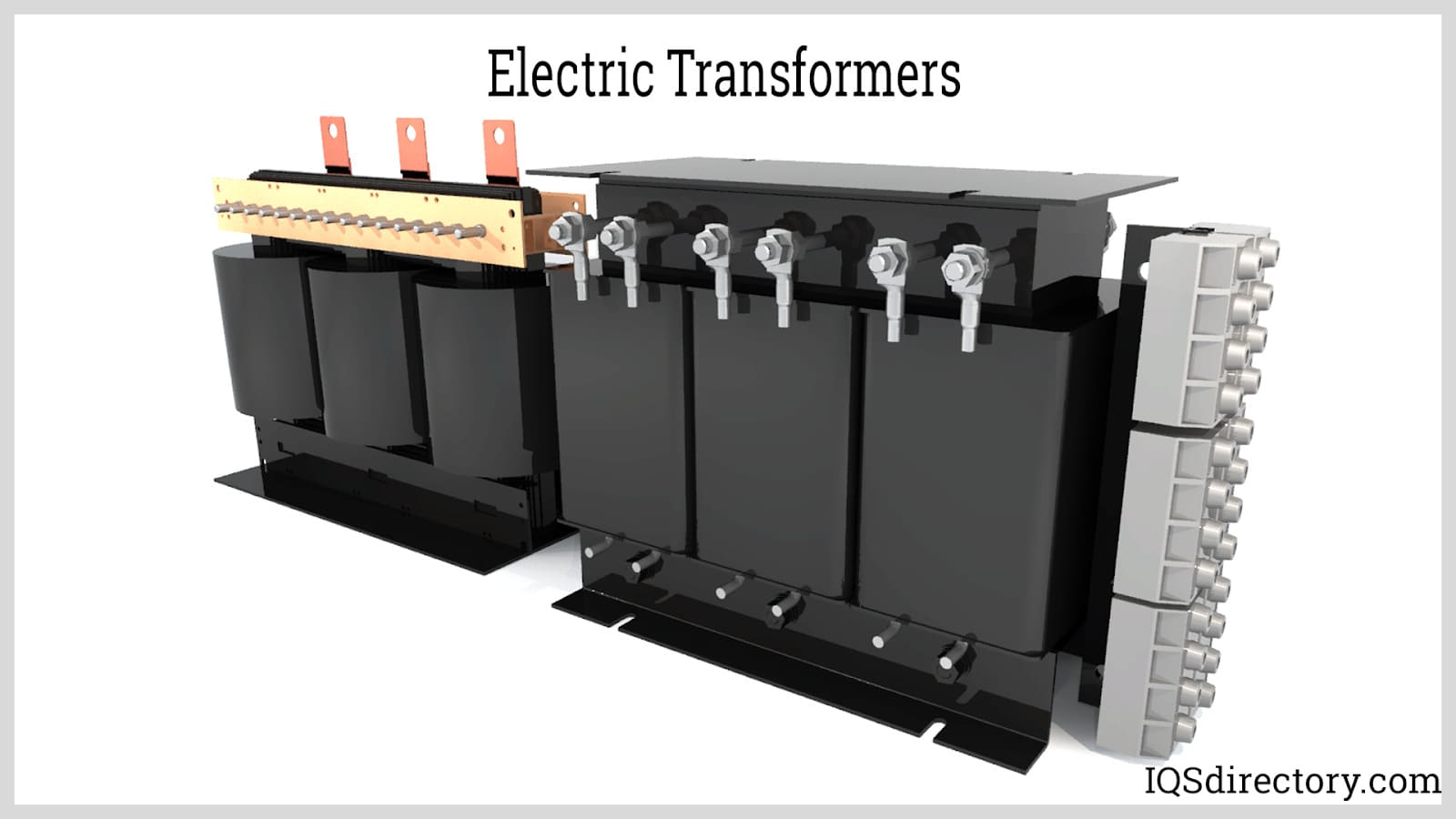

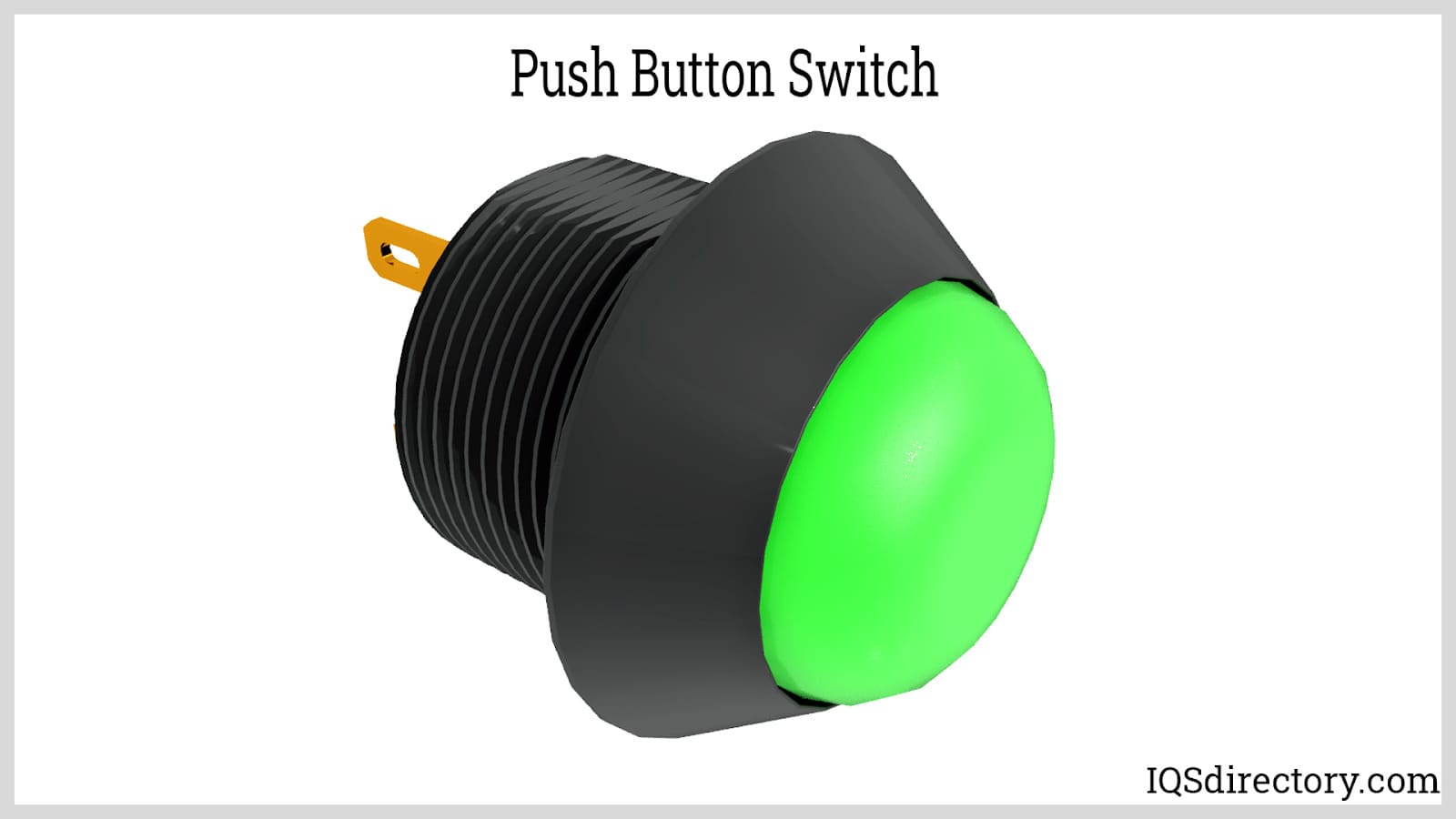
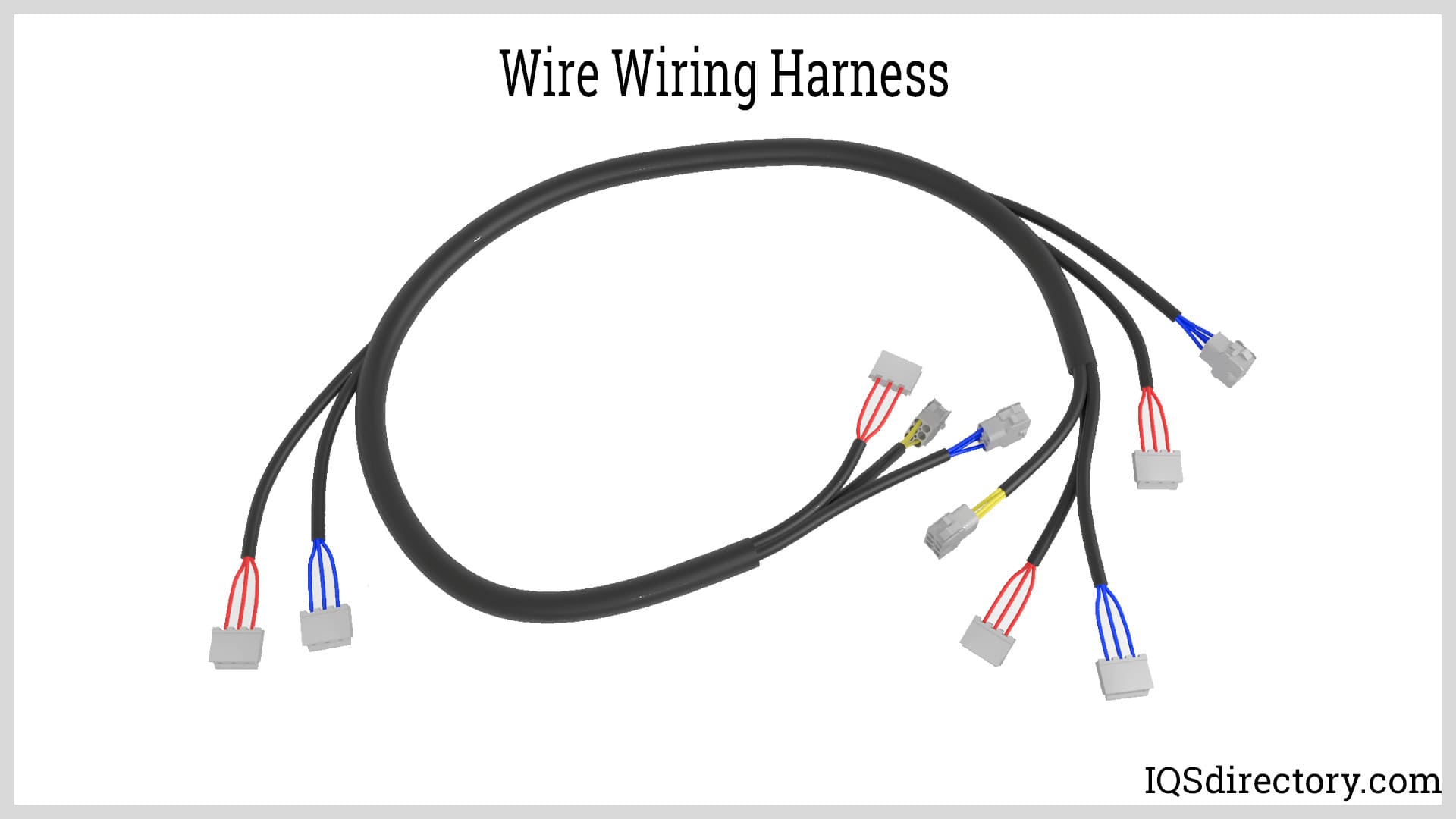
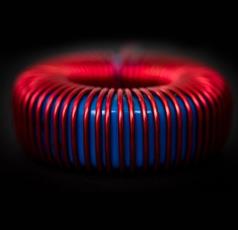 Electric Coils
Electric Coils Electric Switches
Electric Switches Electric Transformers
Electric Transformers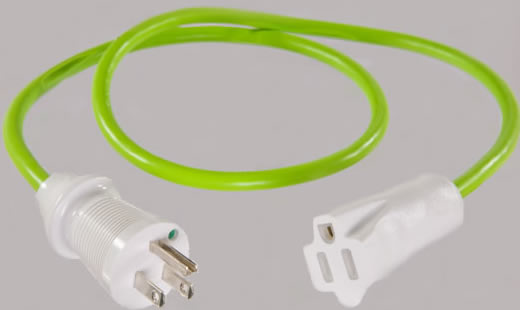 Electronic Connectors
Electronic Connectors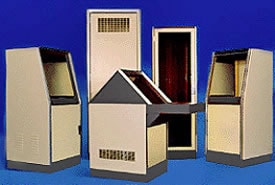 Electronic Enclosures
Electronic Enclosures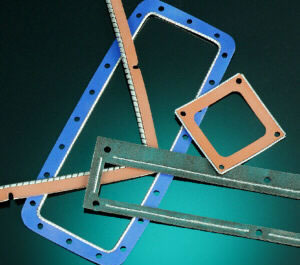 EMI Shielding
EMI Shielding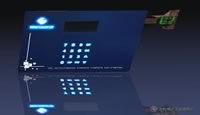 Membrane Switches
Membrane Switches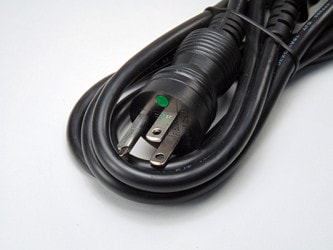 Power Cords
Power Cords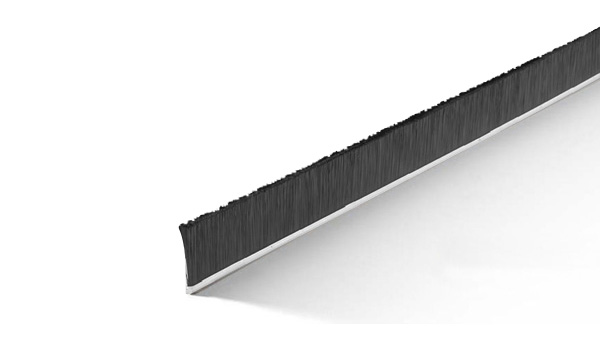 Static Eliminators
Static Eliminators Castings & Forgings
Castings & Forgings Bulk Material Handling
Bulk Material Handling Electrical & Electronic Components
Electrical & Electronic Components Flow Instrumentation
Flow Instrumentation Hardware
Hardware Material Handling Equipment
Material Handling Equipment Metal Cutting Services
Metal Cutting Services Metal Forming Services
Metal Forming Services Metal Suppliers
Metal Suppliers Motion Control Products
Motion Control Products Plant & Facility Equipment
Plant & Facility Equipment Plant & Facility Supplies
Plant & Facility Supplies Plastic Molding Processes
Plastic Molding Processes Pumps & Valves
Pumps & Valves Recycling Equipment
Recycling Equipment Rubber Products & Services
Rubber Products & Services